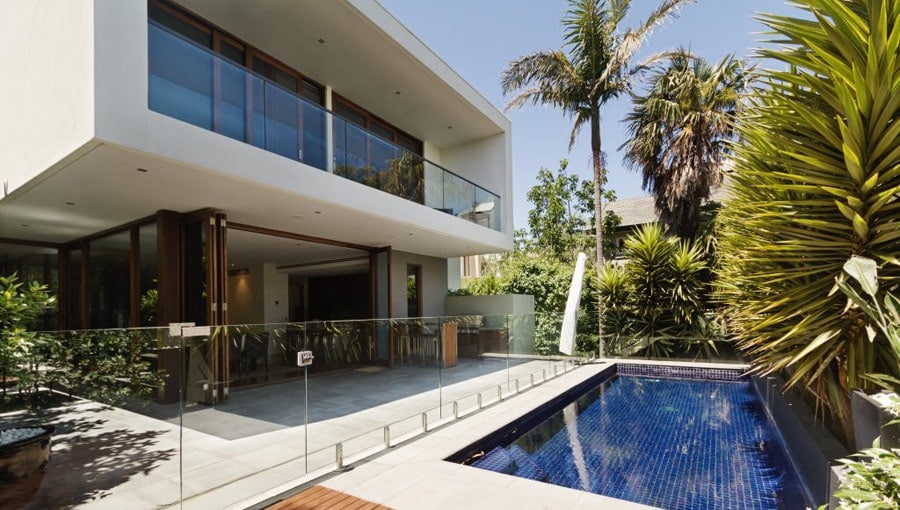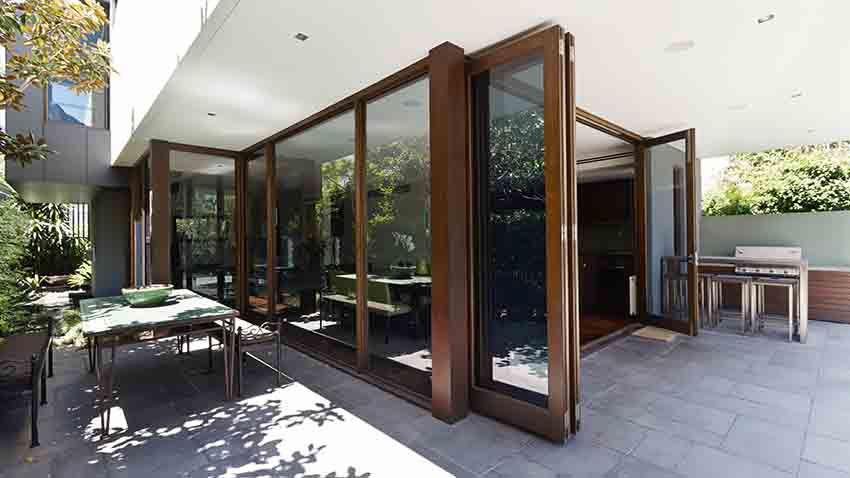
We are probably seeing the greatest real estate bubble in modern history. It is fuelled by low interest rates, liberal lending and the demand of the largest generation in history.
The question is are these trends coming to an end? It is likely that the bubbles that have not peaked or burst yet will in the next few to several years. Birth rates are declining around the world, this will have an effect on real estate and infrastructure.
When population slows or declines and when there are more dyers than young buyers, developers and investors are in a whole new ball game. A problem we may have in Victoria is the selling out of the young by the older generation. Those in the younger generation will not have the wages, lifetime employment, and benefits promised to their parents, I think personally from the banks. Some males will have a much lower interest in marriage. They simply can’t afford to support a wife and kids. Fortunately I haven’t seen this in the real estate world, yet?
Young married couples are still out in force trying to buy their first home.
We do run the risk if the growth in China continues to slow down and commodity prices continue to fall.
Melbourne is one of the cities in the developed world, along with Brisbane and Sydney, with the greatest bubbles. Melbourne prices have increased approximately 190% since the year 2000. The important take away from this is that the bubble had already started, in other words prices were already high. In 2012 Melbourne was 10.6 times income and Sydney 10.2 respectively.
Some professionals aren’t as optimistic as some. The high prices and valuations indicate that banks still lend at very high loan to income ratios. With higher down payments and credit standards, it simply takes longer for these loans to go bad when real estate continues to burst around the world.
This could mean that countries like Australia, Canada, Britain and Spain have more potential downside in the next global crash and real estate crisis. Australia and Canada could be hit by the next downturn, with real estate bursting more strongly due to high resource exports and a forecast collapse in commodity prices.
Standard and Poor’s show a two point basis lift in the number of mortgages greater than 30 days in arrears to 1.16%. This is the second month in a row with an increase. An increase in the mortgage costs could push one in five into severe stress and a big jump in defaults.
Australia’s population is increasing at a rate of 1.57% a comparison is the United States, .75%, UK .63%, Japan -.12%, Canada 1.03%. This indicates Australia has a steady increase in population year on year. It also encourages overseas investment although this market has taken a hit in the last twelve months.
I say make hay while the sun shines. There are no acute signs of a slow down, unless interest rates increase.
I would say we are in a bubble but it still has plenty of life. Clearance rates are high, increase in prices continue, days on the market are low. Keep your ears to the ground for any rumblings. This is what JMAC will be doing.



